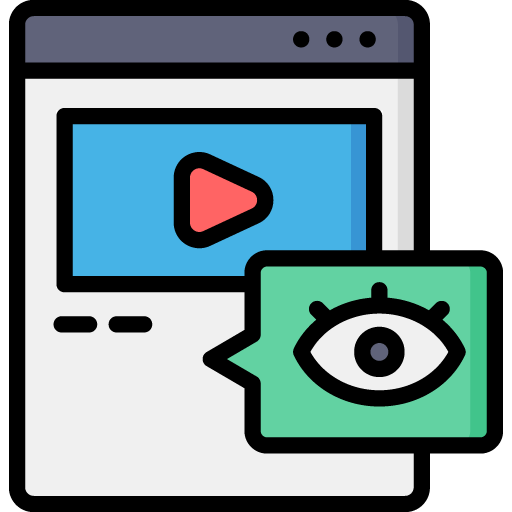Introduction
Video has become the dominant medium in digital marketing, education, and communication. For businesses, marketers, and creators alike, the demand for high-quality video content has never been higher. Yet, the process of producing polished videos is often resource-intensive, requiring hours of editing, scriptwriting, graphics, and distribution planning.
This is where artificial intelligence (AI) is transforming the game. AI tools are no longer experimental add-ons—they have become powerful allies in streamlining video workflows, reducing costs, and increasing production speed without sacrificing quality. By integrating AI into video production, organizations can achieve more with fewer resources while unlocking new creative possibilities.
In this article, we’ll explore how AI tools enhance video production efficiency, the categories of AI-powered solutions available today, real-world applications, benefits and challenges, and a forward-looking perspective on how AI will continue shaping the future of video content creation.
Boost Video Production Speed and Quality
With AI
The Growing Need for Efficiency in Video Production
Video is projected to account for over 80% of global internet traffic. For B2B and B2C companies, video is not just another marketing asset—it is a central component of brand strategy, customer education, and sales enablement. But producing videos consistently at scale presents challenges:
- Time Constraints: Traditional editing and post-production workflows can take days or weeks for a single video.
- Cost Barriers: Professional crews, editors, and animation teams require significant budgets.
- Skill Gaps: Many businesses lack in-house talent for scripting, design, and advanced editing.
- Volume Demands: Audiences expect frequent, personalized, and high-quality content across platforms.
AI tools address these barriers by automating repetitive tasks, providing intelligent creative assistance, and enabling teams to repurpose and distribute content faster.
How AI is Transforming Video Production Workflows
AI’s role in video production spans the entire process—from ideation and scripting to editing, optimization, and distribution. Let’s break down the key stages where AI makes the biggest impact.
1. Pre-Production: Scriptwriting and Storyboarding
Traditionally, developing scripts and storyboards is a time-intensive process requiring collaboration between writers, marketers, and creative directors. AI now accelerates this step through:
- AI Script Generators: Tools like Jasper or ChatGPT can create structured video scripts based on prompts, saving hours of drafting.
- Storyboarding AI: Platforms generate visual sequences automatically, helping creators map out scenes without manually designing frames.
- Content Ideation: AI analyzes audience preferences and suggests trending topics, ensuring scripts align with viewer interest.
This reduces bottlenecks in the early stages and empowers teams to test multiple creative directions quickly.
2. Production Assistance
On set, AI-driven tools are making filming smarter:
- AI Cameras: Smart cameras track subjects automatically, adjust lighting, and optimize focus without human intervention.
- Virtual Production: AI enhances green screen and CGI integration, reducing the need for costly physical sets.
- Voice and Dialogue Generation: AI-generated voiceovers provide high-quality narration without needing voice actors for drafts or full productions.
3. Post-Production: Editing and Enhancements
Post-production is where AI shines most in efficiency gains.
- Automated Editing: Platforms like Descript, Runway, or Adobe Sensei use AI to cut, trim, and assemble clips intelligently.
- Noise Reduction and Color Correction: AI instantly improves audio clarity and visual quality.
- Captioning and Translations: Speech-to-text AI generates captions in minutes, with auto-translation into multiple languages for global reach.
- Special Effects: AI can insert animations, transitions, or even remove unwanted objects from footage seamlessly.
4. Distribution and Optimization
Even after a video is produced, AI continues to add value.
- SEO Optimization: AI suggests keywords, metadata, and descriptions tailored to ranking videos higher on search engines and YouTube.
- Content Repurposing: AI clips long videos into short-form highlights optimized for social media platforms like TikTok or LinkedIn.
- Performance Analytics: Machine learning analyzes viewer engagement and recommends edits or distribution strategies for future content.
Categories of AI Tools for Video Production
AI tools come in several categories, each addressing different aspects of production efficiency.
- Text-to-Video Tools – Convert written prompts or scripts into video drafts automatically (e.g., Synthesia, Pictory).
- AI Editing Platforms – Automate cutting, trimming, captions, and visual improvements (e.g., Runway, Descript).
- AI Audio Tools – Generate music, voiceovers, and enhance sound quality (e.g., Murf.ai, AIVA).
- AI Animation and Graphics – Build motion graphics or animated explainer videos with minimal manual design.
- AI SEO and Distribution Tools – Optimize video titles, thumbnails, tags, and scheduling (e.g., TubeBuddy, VidIQ).
By combining these tools, businesses can build a comprehensive AI-powered production pipeline.
Benefits of Leveraging AI in Video Production
The adoption of AI in video production delivers a range of benefits beyond efficiency alone.
1. Speed and Scalability
What once took weeks can now be accomplished in days—or even hours. Teams can produce high volumes of content, keeping up with fast-paced digital demands.
2. Cost Reduction
By automating tasks like editing and captioning, companies save on outsourcing and reduce reliance on large creative teams.
3. Accessibility and Democratization
AI lowers barriers to entry, allowing small businesses, educators, and startups to produce professional-level videos without large budgets.
4. Consistency and Quality Control
AI ensures brand guidelines, design elements, and tone remain consistent across multiple videos, reducing human error.
5. Enhanced Creativity
By handling repetitive work, AI frees creators to focus on storytelling, strategy, and innovation.
Challenges and Considerations
Despite its advantages, adopting AI tools in video production also presents challenges:
- Over-Reliance on Automation: Too much AI can lead to generic or uninspired content if not balanced with human creativity.
- Learning Curve: Teams must invest time to learn new tools and integrate them into workflows.
- Cost of Advanced Tools: While AI reduces some expenses, premium AI platforms still come with subscription costs.
- Ethical Concerns: Deepfake technologies and AI voice cloning raise questions about authenticity and trust.
- Data Security: Uploading sensitive content to cloud-based AI tools may involve privacy risks.
Businesses must weigh these factors when deciding how to incorporate AI into their video strategies.
Real-World Applications
AI-enhanced video production is already being used across industries:
- Marketing and Advertising: Brands use AI-generated product videos and social clips to boost engagement.
- Education and Training: Universities and corporations leverage AI for explainer videos and e-learning modules.
- Corporate Communication: AI automates internal communication videos, keeping employees informed at scale.
- Media and Entertainment: Filmmakers employ AI to accelerate visual effects and streamline editing.
The Future of AI in Video Production
The trajectory of AI suggests even more advanced integrations in the near future. We can expect:
- Real-Time Video Generation: AI producing live content on demand during webinars or events.
- Hyper-Personalization: Tailoring videos to individual viewers with customized messaging and visuals.
- Smarter Collaboration: AI tools acting as project managers, coordinating timelines, and recommending edits.
- Full Automation Pipelines: From script to final cut, AI could handle entire workflows with minimal human input.
As technology evolves, the question will shift from whether businesses should use AI to how effectively they can combine AI with human creativity.
Best Practices for Implementing AI in Video Production
To maximize the benefits of AI while mitigating risks, businesses should follow these best practices:
- Start Small: Begin with tools that address a single pain point, such as automated captioning, before expanding.
- Maintain Human Oversight: Use AI for efficiency but rely on human editors and strategists for creativity and storytelling.
- Integrate Across Workflows: Ensure AI tools connect seamlessly with existing platforms for smooth collaboration.
- Regularly Evaluate Performance: Track ROI and make adjustments based on which tools deliver measurable results.
- Prioritize Ethical Use: Be transparent when using AI-generated voices or avatars, maintaining trust with audiences.
Conclusion
AI is not here to replace video creators—it is here to empower them. By leveraging AI tools thoughtfully, businesses and individuals can dramatically increase efficiency, reduce production bottlenecks, and deliver high-quality videos at scale.
As the digital landscape grows more competitive, the ability to produce engaging, consistent, and cost-effective video content will determine which brands stand out. Those who embrace AI now will not only gain an edge in production efficiency but also unlock new levels of creativity and innovation.
The future of video production is fast, intelligent, and AI-enhanced—and the time to start leveraging these tools is now.
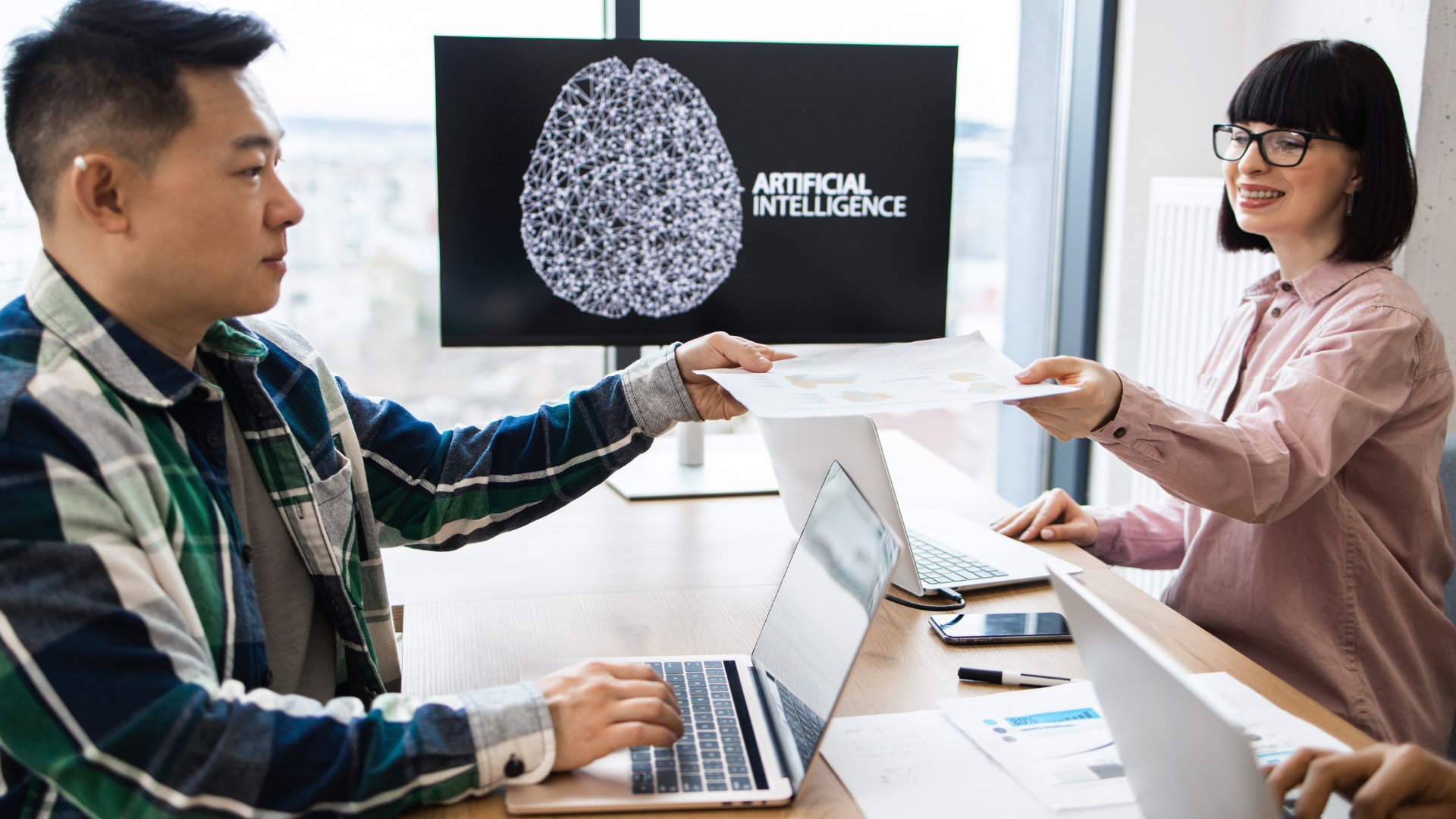
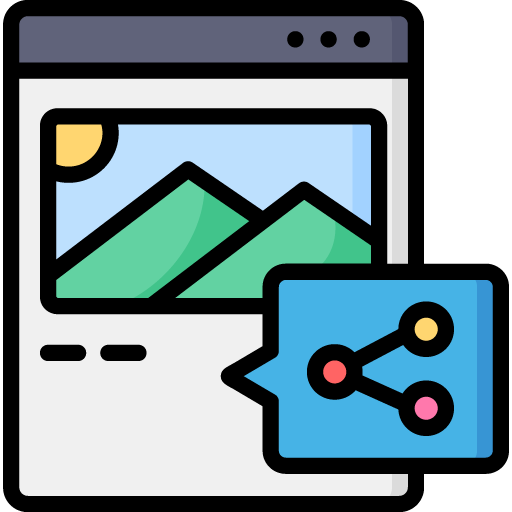
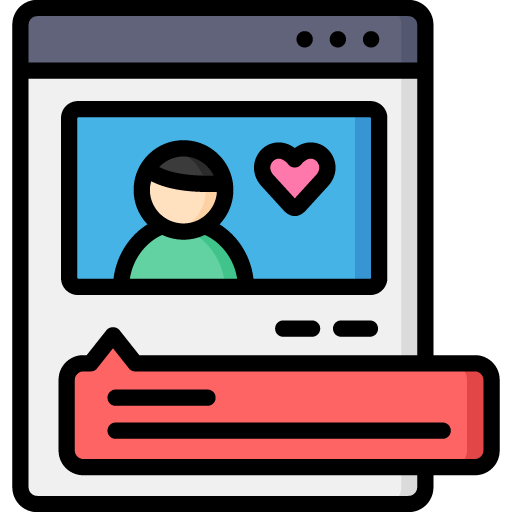


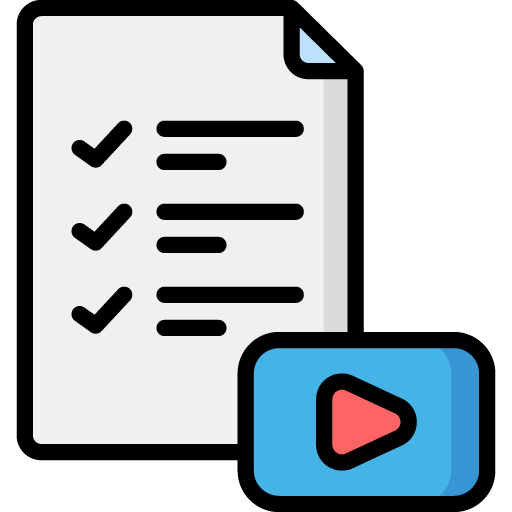

 Edit Your Footage
Edit Your Footage